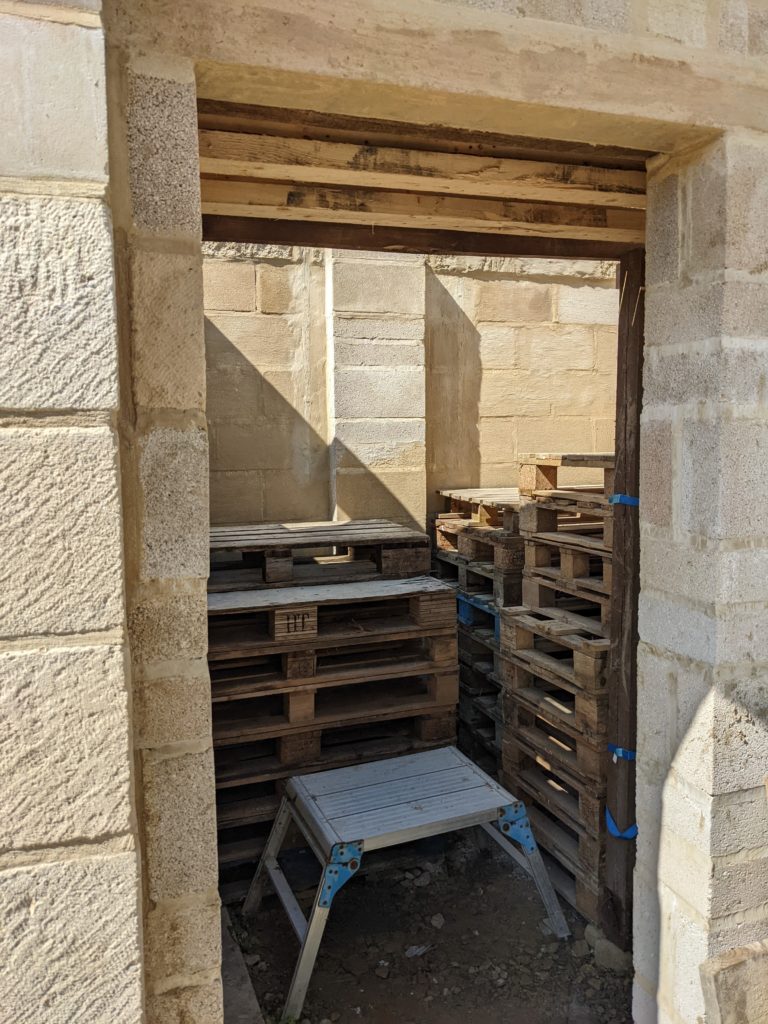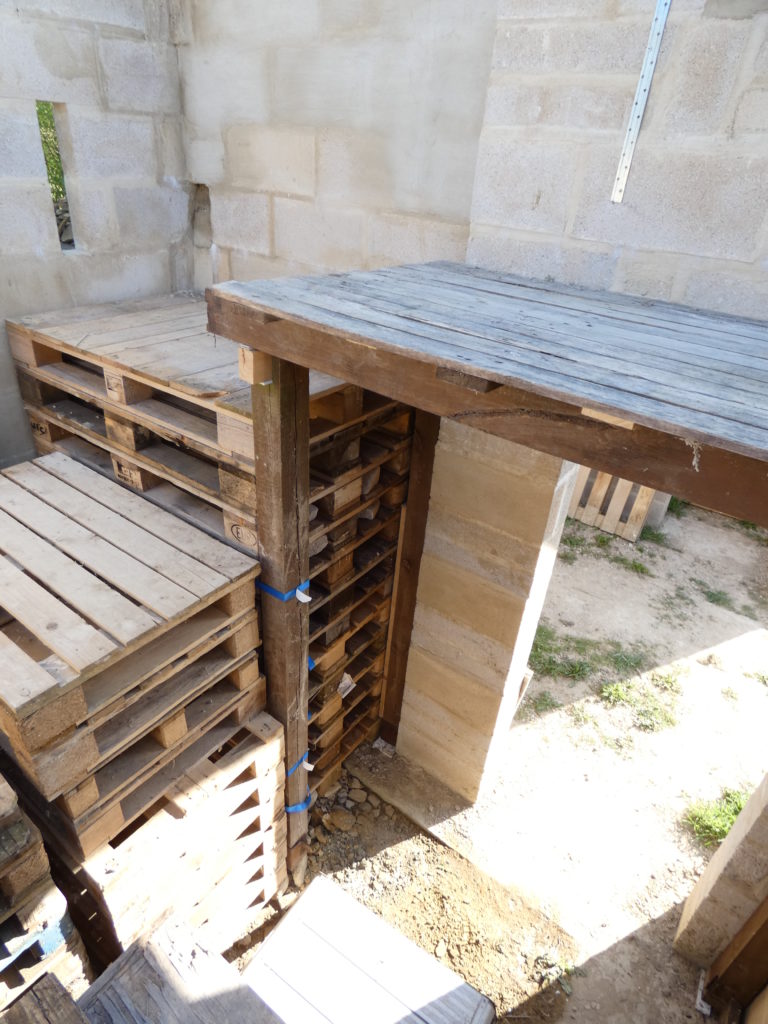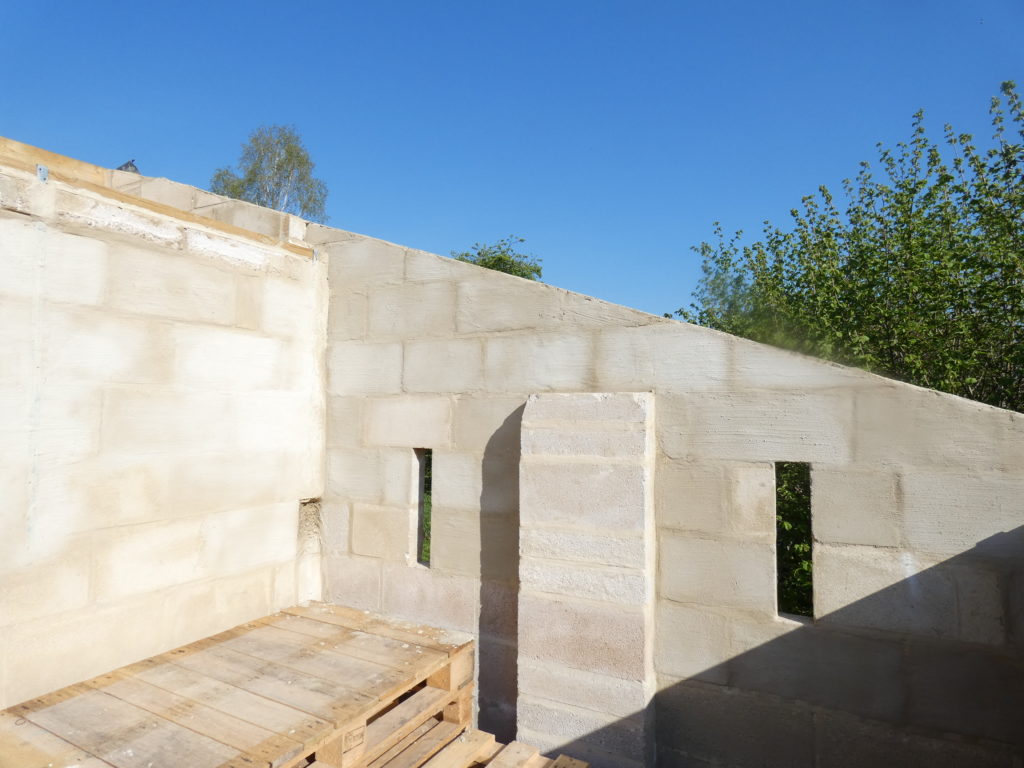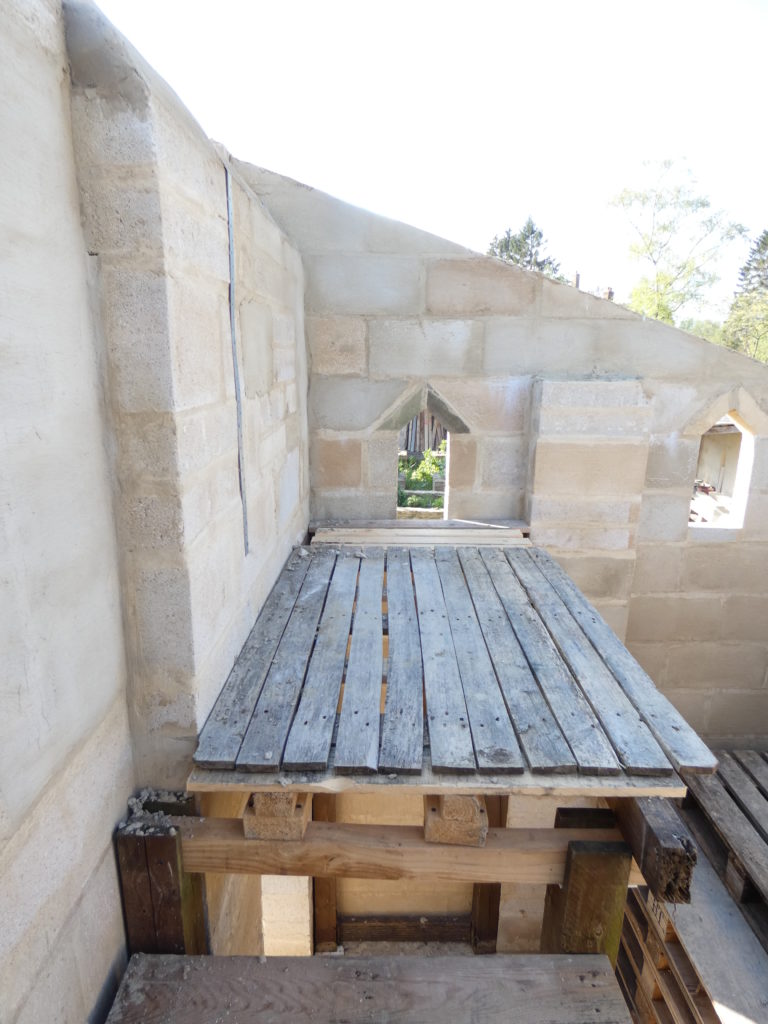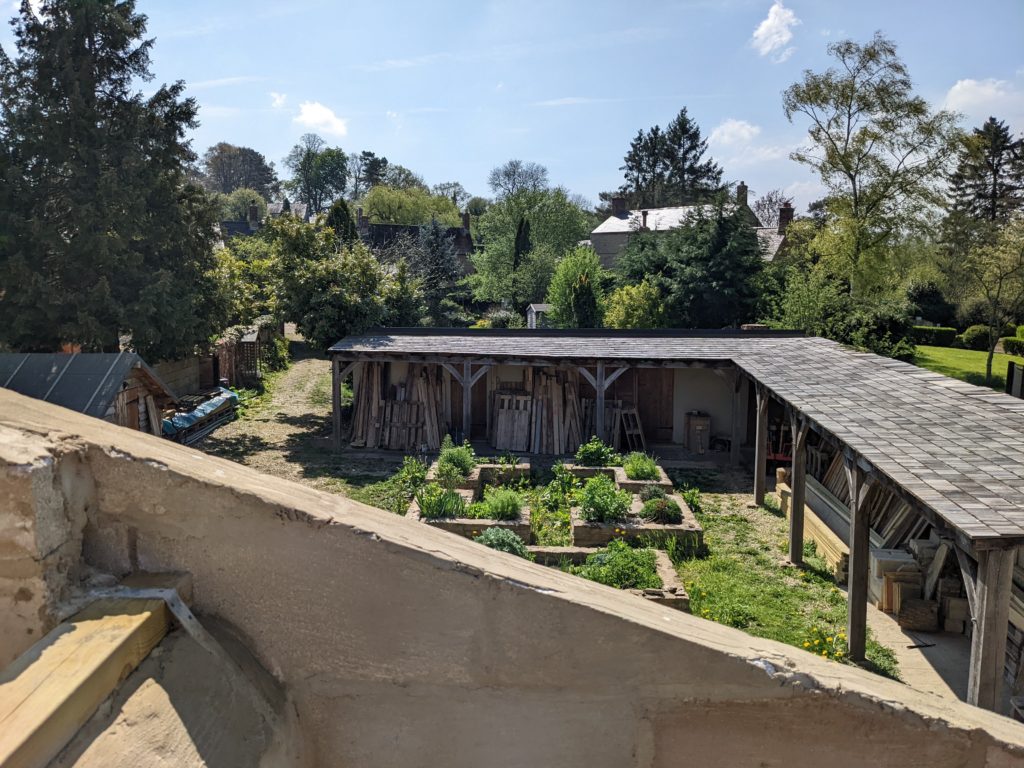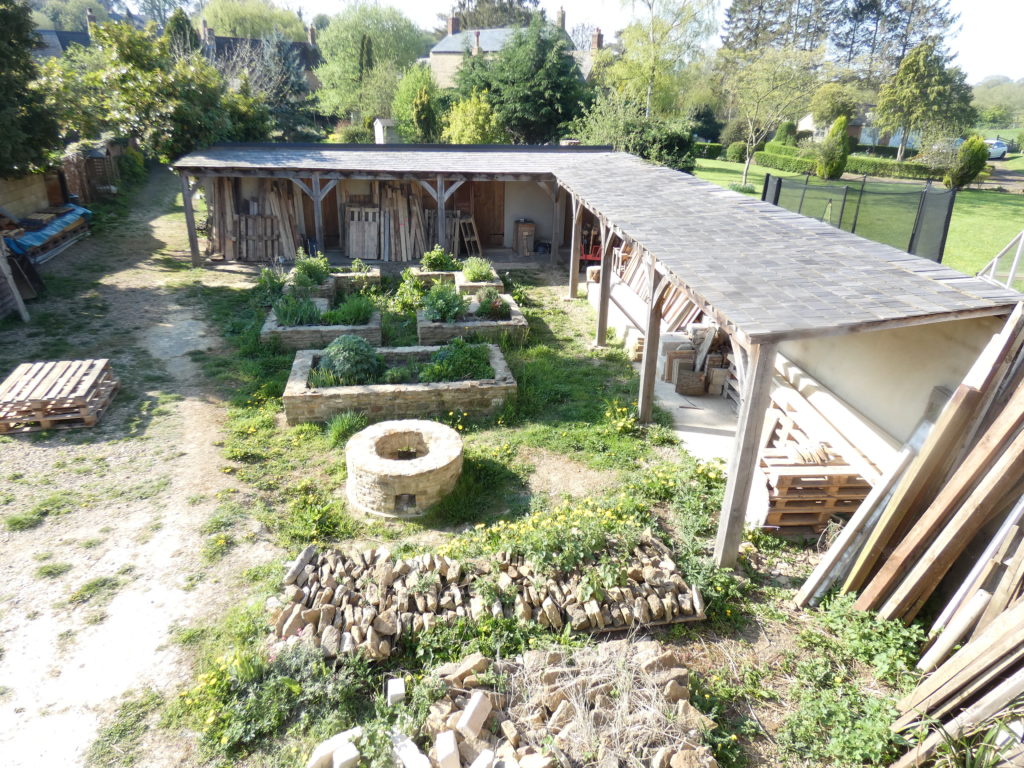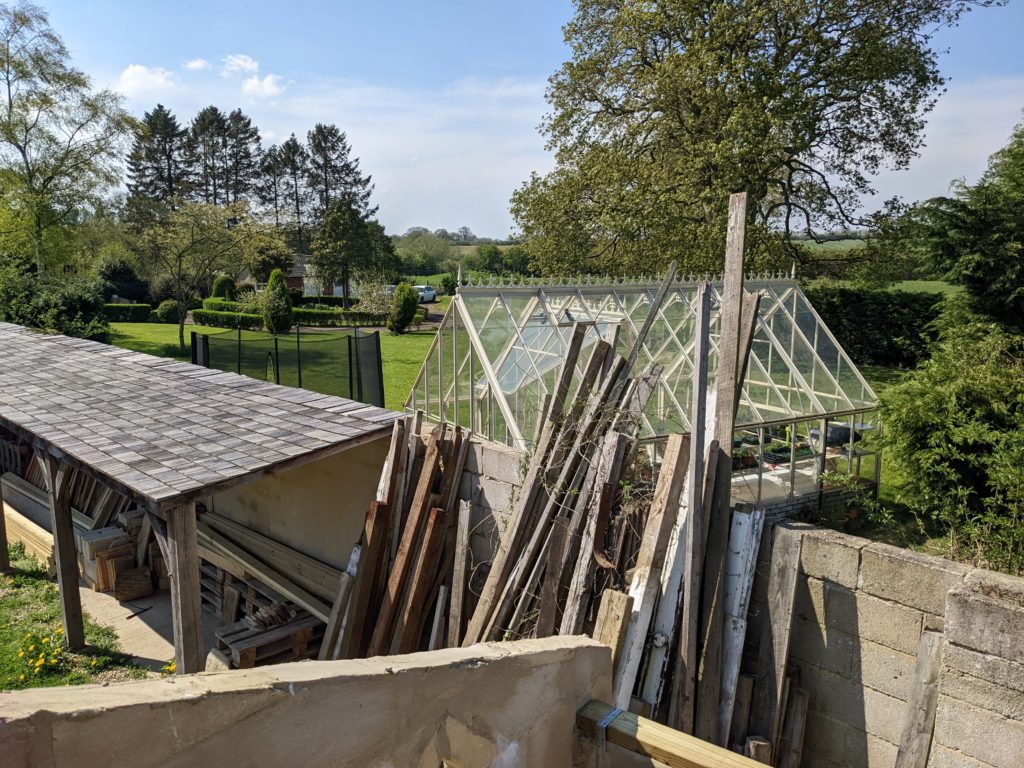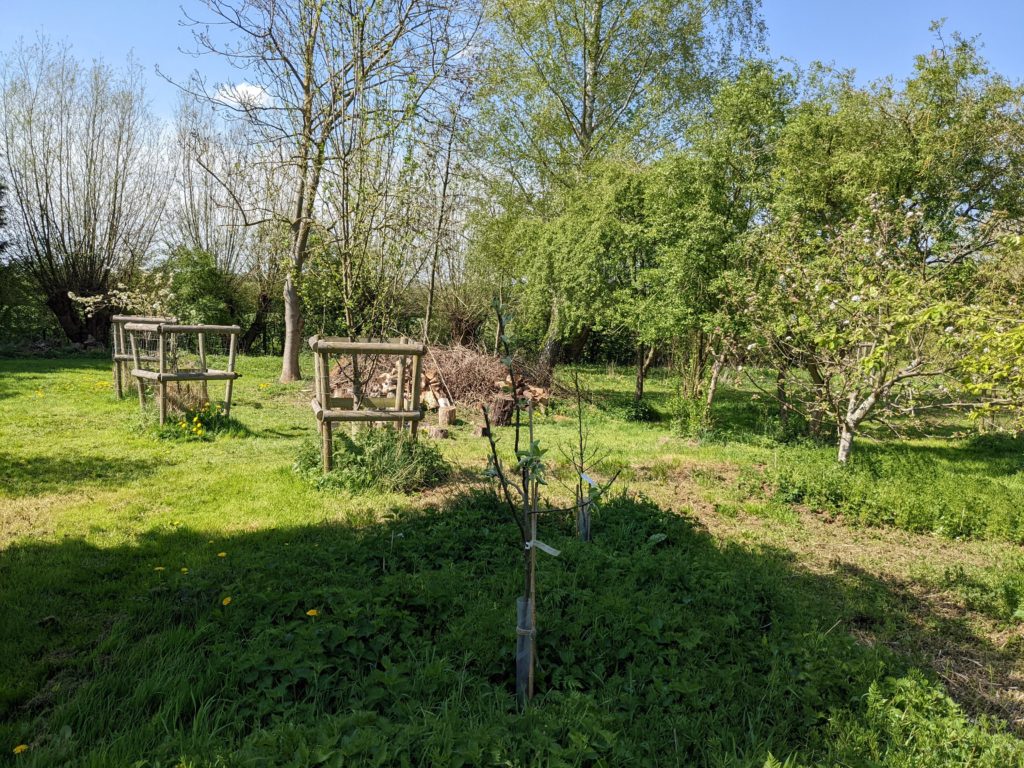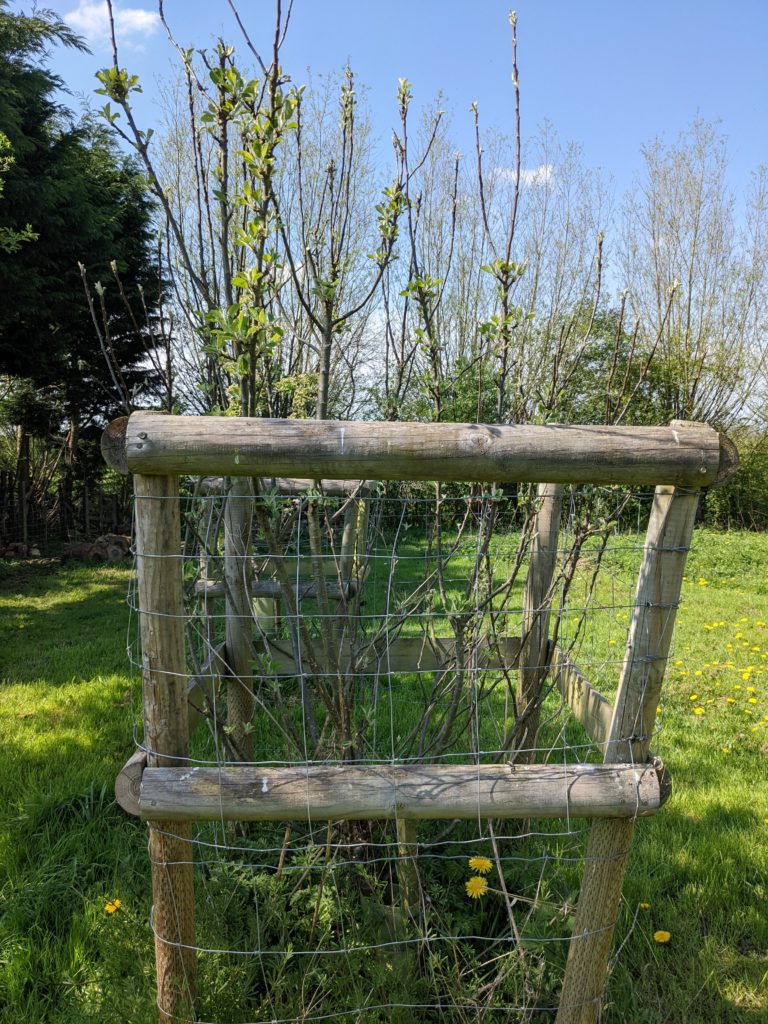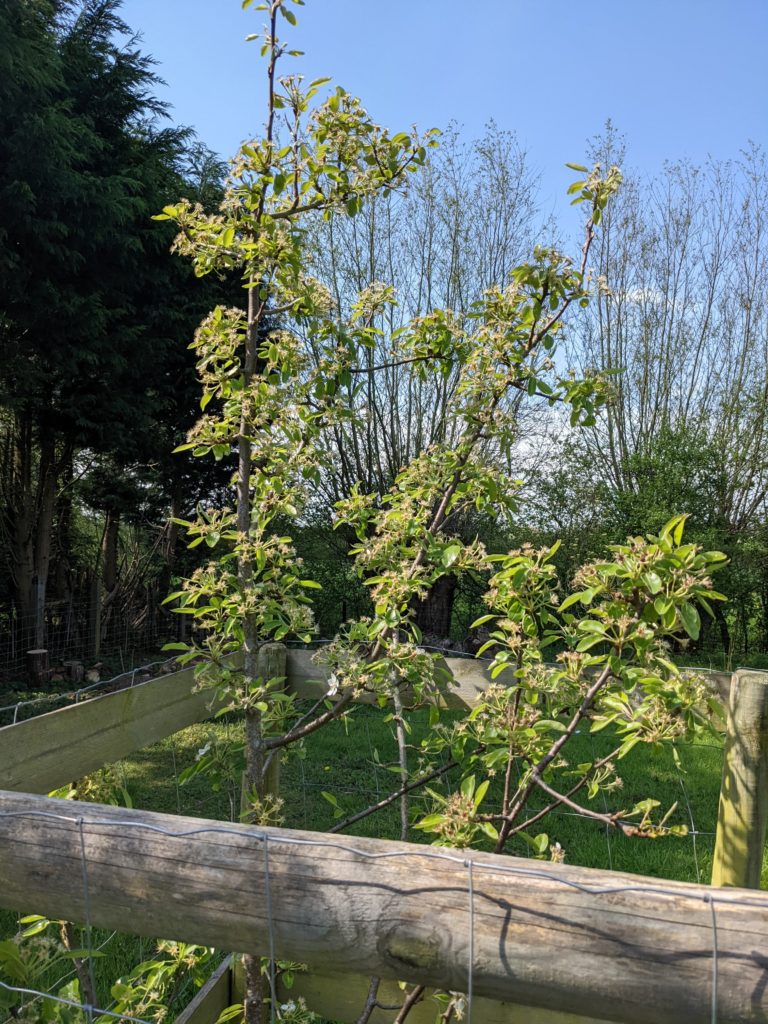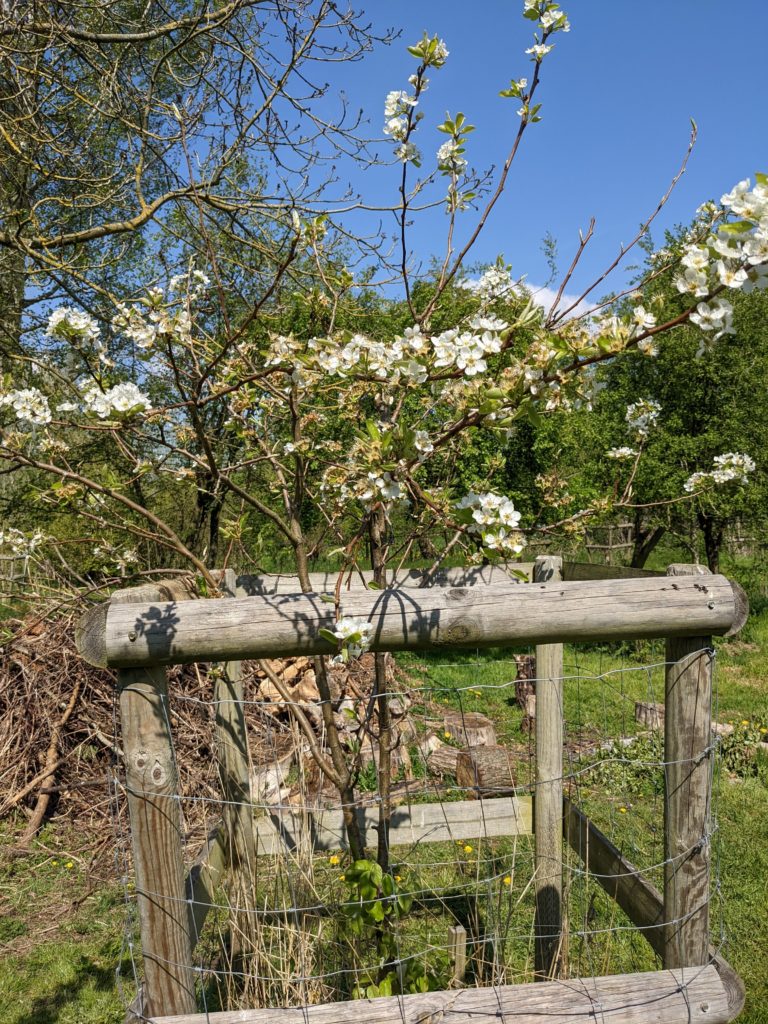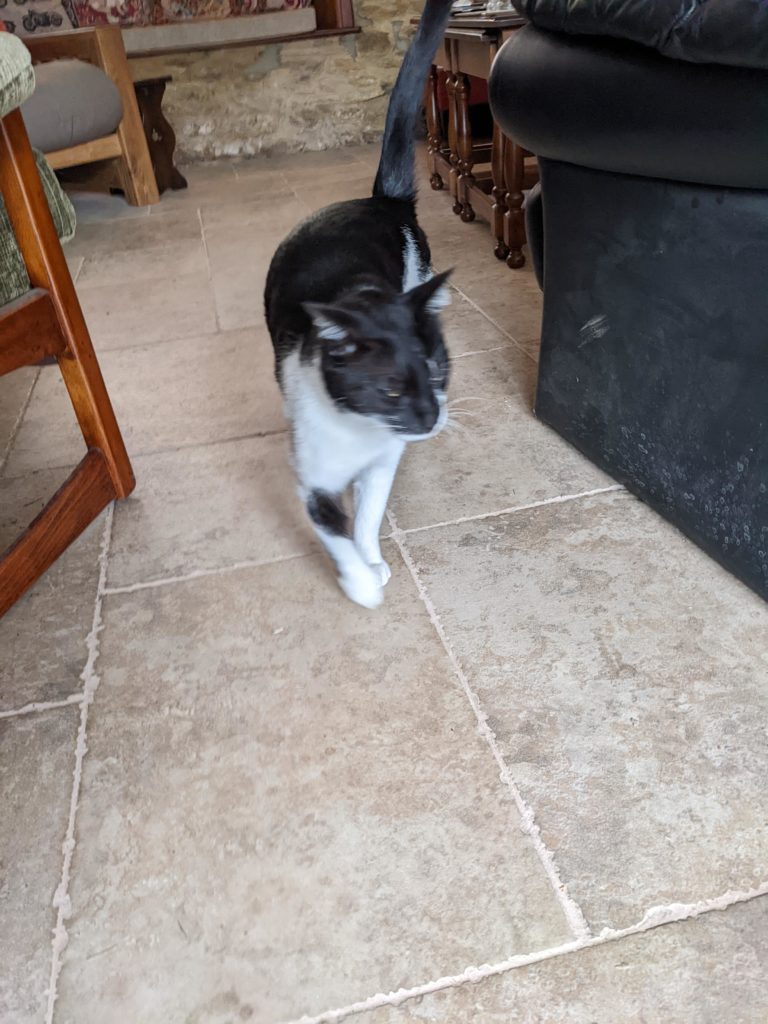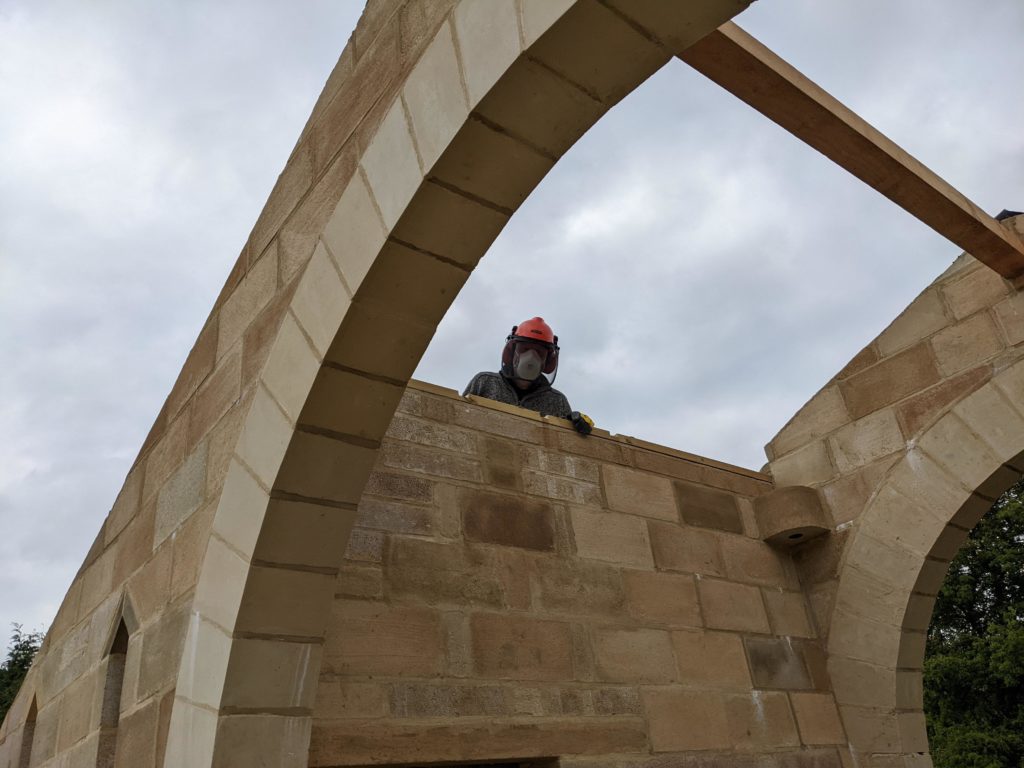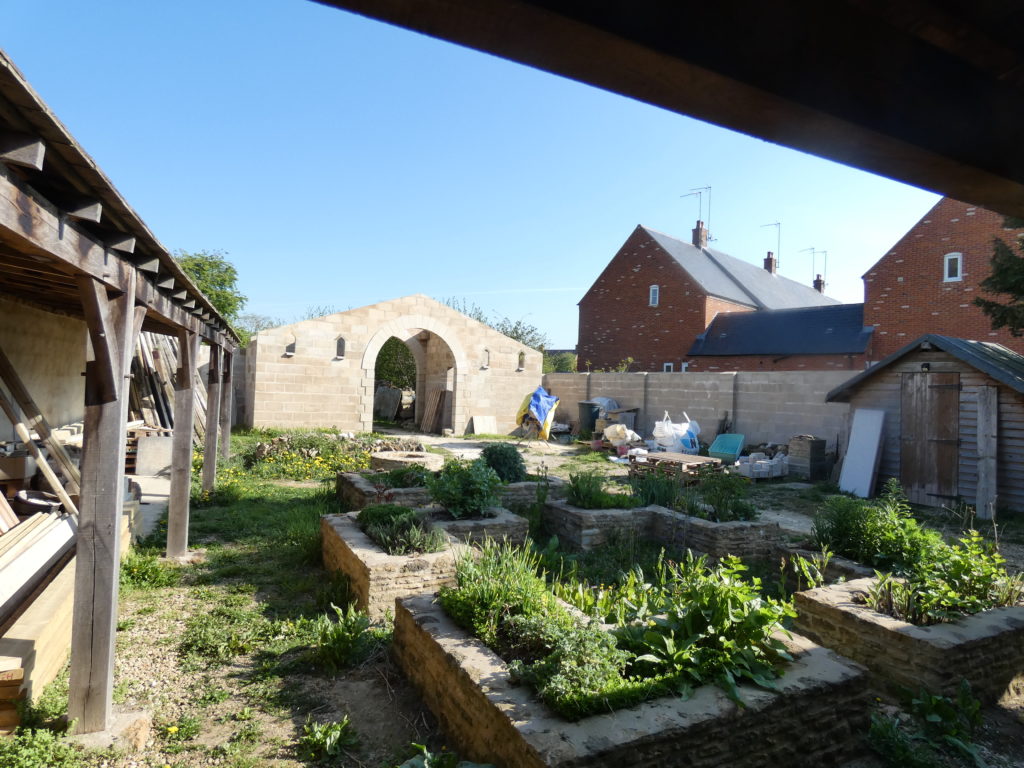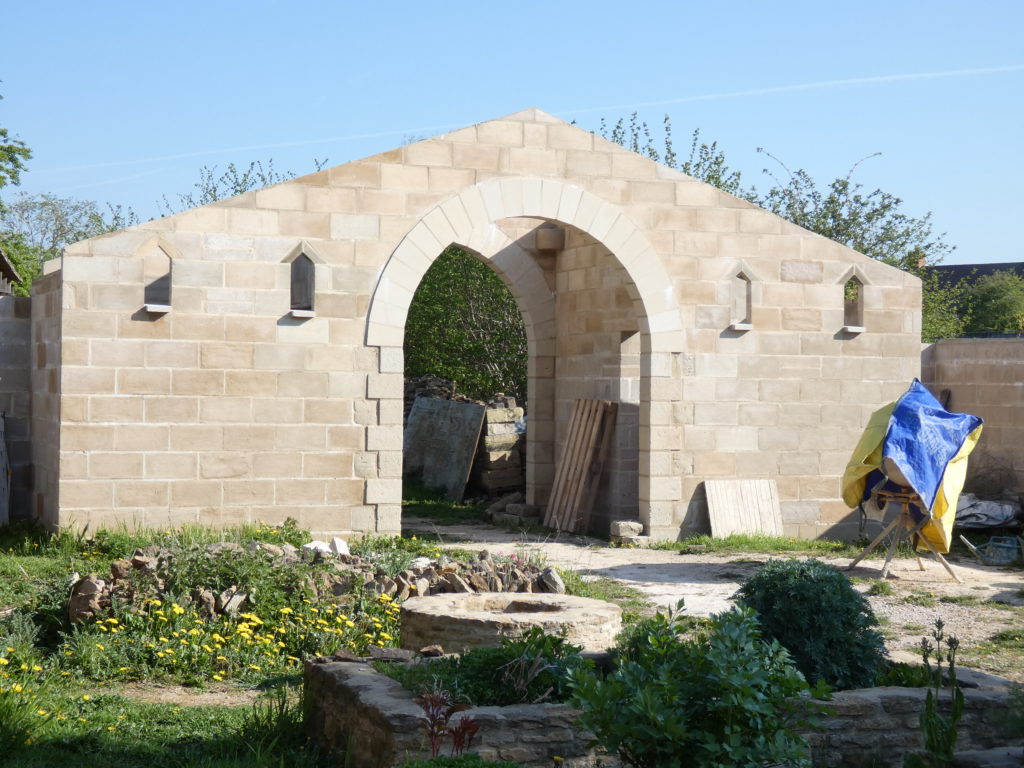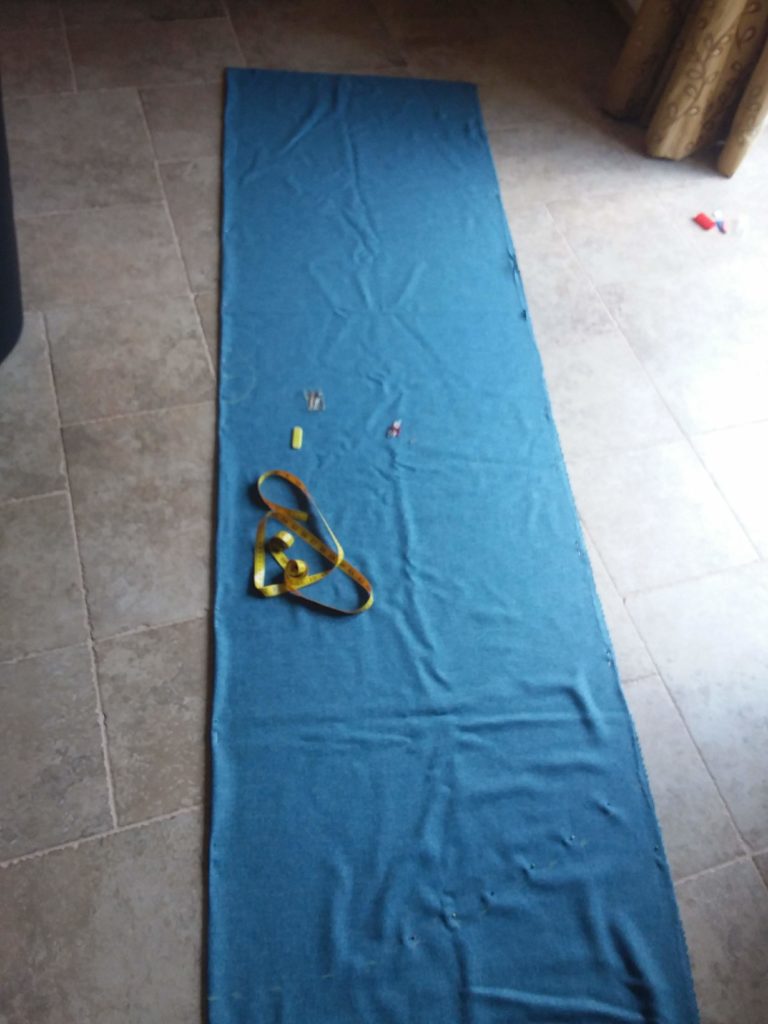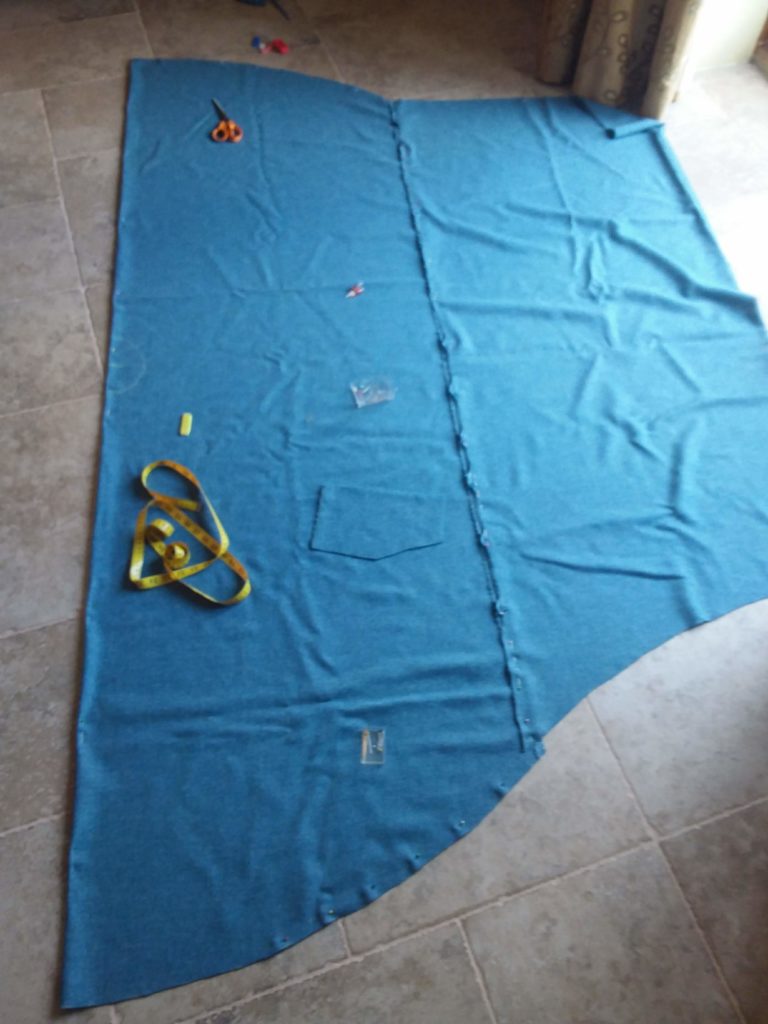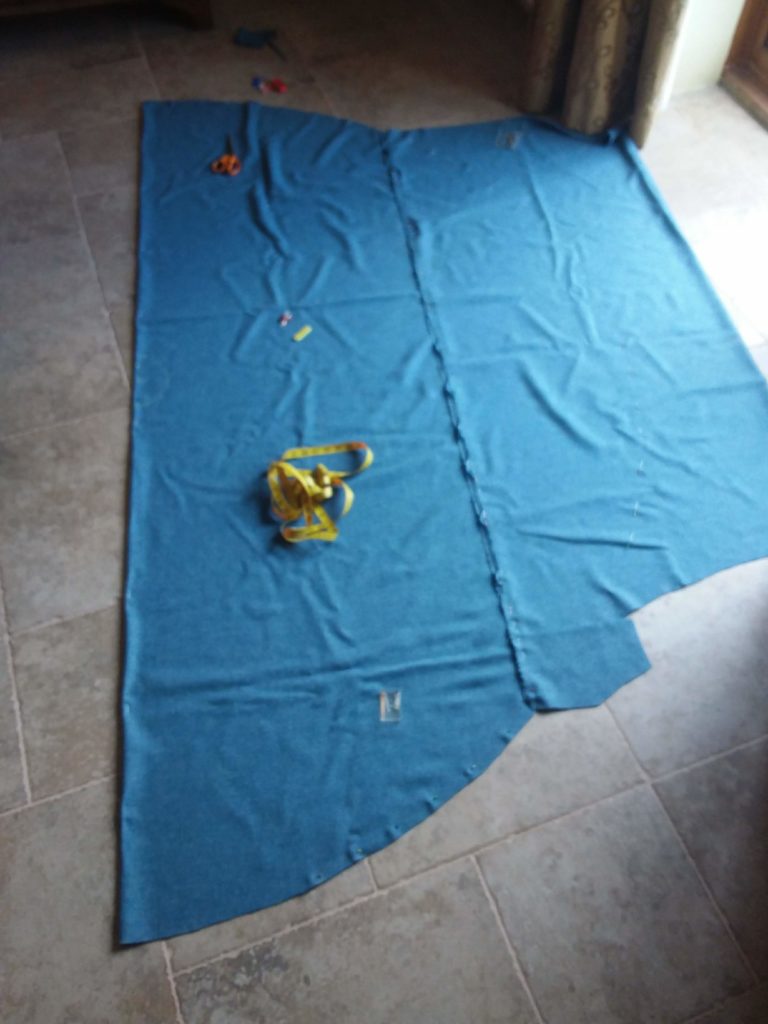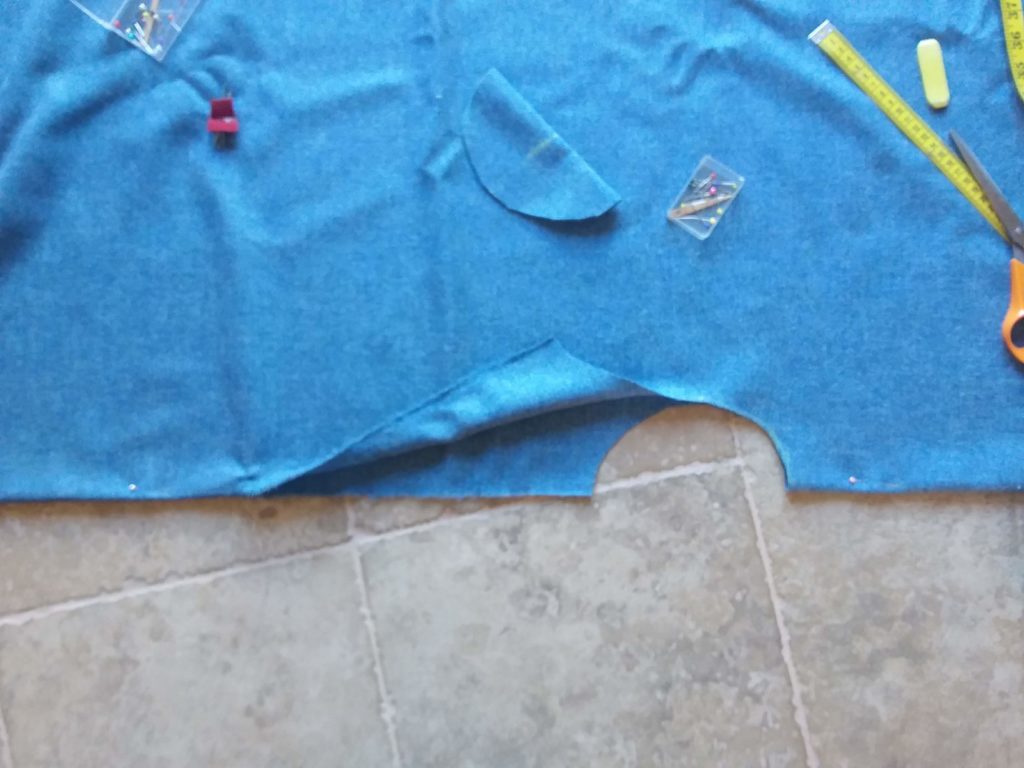After spending a frustrating hour or so yesterday trying to find a plugin to display a panorama photo that I took from the temporary working platform in the west guardroom, I’m posting this entry as a roundup and reminder of the different available options.
In all cases there may be settings I’ve missed…
Algori 360 Image
0 / 5. Algori 360 image distorts the image, I guess because it supports up / down movement where this image is simple 360 wraparound. Worse, it doesn’t seem to work at all in the post preview as viewed from the home page – I see a blank space.
Panorama is created with a block called “360 Image”
Panorama Viewer
3 / 5. A Panorama Viewer panorama is created in plugin settings and then embedded in the page as a shortcode block. It doesn’t show up in the post preview, and is by default a little zoomed out so you see black arcs top or bottom of the image. If you zoom in a touch it looks ok, but how many viewers will do that?
Best of a surprisingly rubbish bunch.
Easy Panorama
2 / 5. Easy Panorama is inserted as a block called “Panorama”. Scales OK but again, doesn’t work in the post preview (do any of them???) and the end result is spoiled by a nasty interface. You move on mouseover and it’s very twitchy, giving a nasty visual impression, and it stops at the end of the image instead of wrapping round so the 360 illusion is lost for me.

WP VR / 360 View
0 / 5. 360 View seems to have two names which is confusing. Again, distorts the image and doesn’t work in post preview.
WP-PhotoNav
2 / 5. This is the only one that works in post preview! Unfortunately straight lines come out curved, and the view doesn’t wrap. WP-PhotoNav must be inserted as a shortcode and it took me a while to find the instructions. There is no visual cue even on mouseover that this is anything other than a static image, so lacks discoverability.


